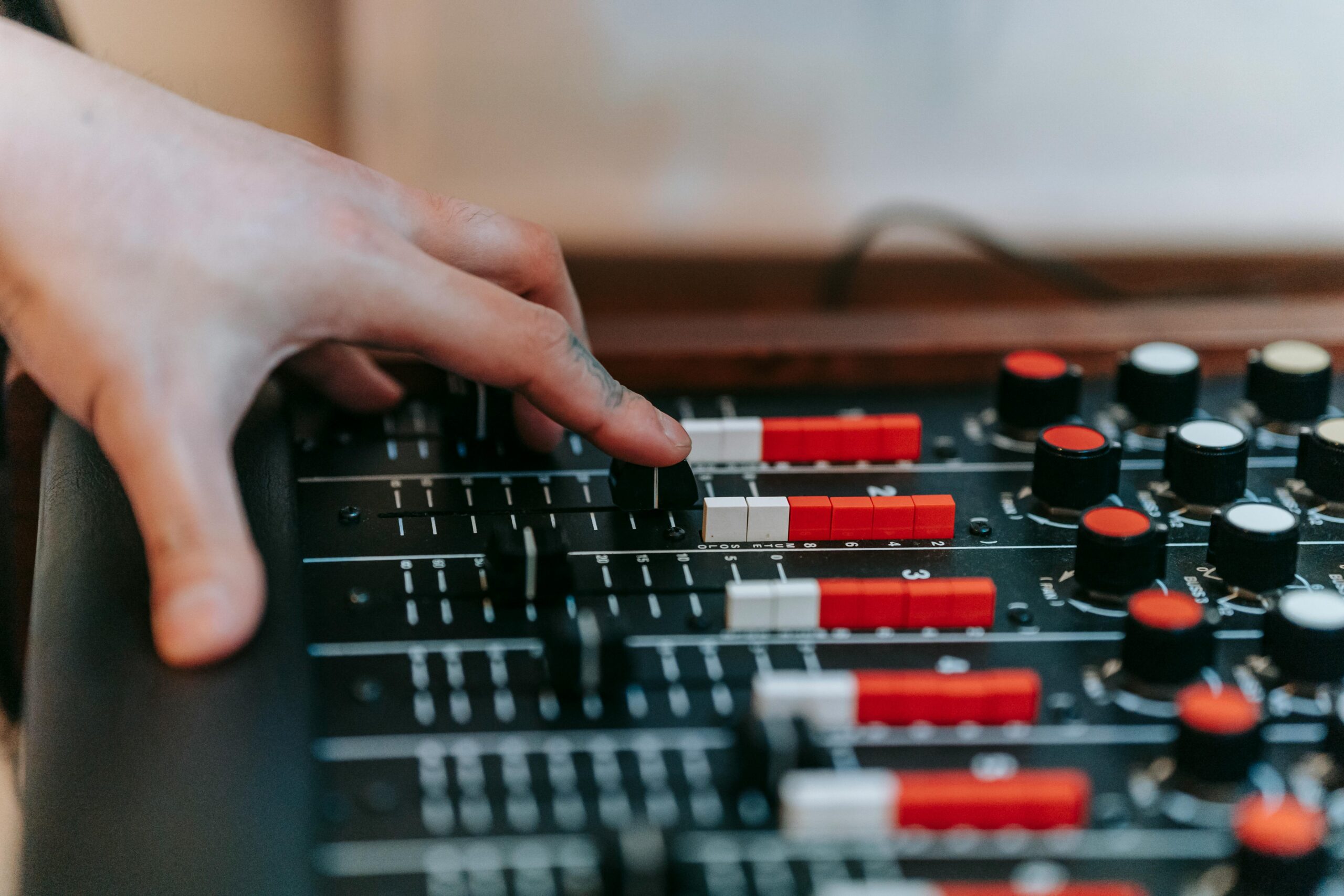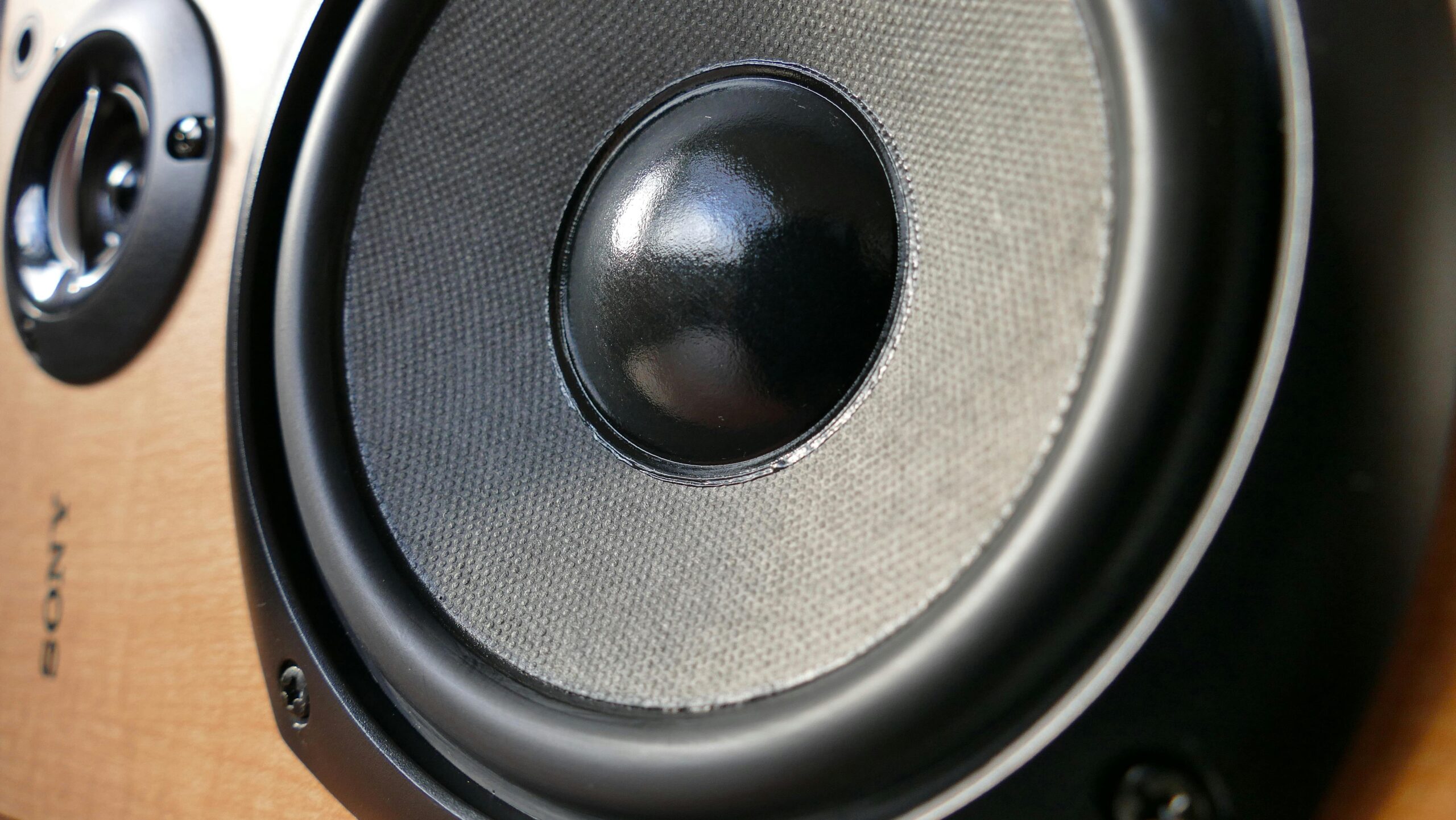A live music performance is an experience no one can compare to anything else. Fans gather to celebrate music and their favorite musicians, creating an undeniable spark in the room. Being in the audience gives you a unique sense of belonging and a sense of community that is difficult to recreate.
However, have you ever considered what musicians go through before taking the stage? If you’re among the audience, you may wonder how sound gets to everyone in such a large venue. Here’s where live mixing becomes handy. Live sound engineers combine technological and strategic components when producing performances to enhance sound.
On your path to becoming a live sound engineer, joining an online live sound mixing course can be beneficial. Still, this article provides the essentials of live mixing, practical advice, and the equipment you need for a flawless live performance. Have fun.
Adjust for the Venue
Live sound engineers frequently use delays to time-align speaker groups for improved audio clarity and coherence. The precise amount of delay required depends on several variables, including the venue type, the separation between speaker clusters, and the particular audio system employed.
Setting a delay of one millisecond for each foot away from a speaker cluster is one general guideline occasionally applied. You should note that it is only an overview and can sometimes not be applicable or required.
The best method is to figure out the ideal amount of delay for a given system and venue using a combination of measurement instruments and subjective hearing evaluations.
Assuming it is their only option to tune out the live music running in their feed, beginners frequently turn up the volume on their headphones. It helps establish a delay of one millisecond for each foot away from a speaker cluster to prevent any lags. It can be valuable to analog users to connect earbuds to an auxiliary delay device.
Connecting the unit to an amplifier and back to the gear can improve the sound in your ears.
Learn about the Gain Structure in the System.
Meters are excellent for monitoring your levels. You can use them to validate what you hear once more, and unless you hear anything strange, you shouldn’t check again.
However, whether they are channel, bus, or amplifier meters, your meters are meant to tell you what the audio signal is doing at that specific place in the system. The most crucial thing to remember is to ensure you don’t push beyond each level of the signal chain—from the source to the microphone, preamp, and channel strip—as well as any EQ and dynamics processing, bus routing, and matrix, all the way to the amps and speakers.
Overloading them will only cause you challenges to escape during the entire performance. Seeking to compensate for it elsewhere can take you farther down the rabbit hole and into a dangerous situation. Simply decline it! Red lights are not what you want to see.
Make the Most of Amplifiers
In live sound mixing, engineers must maximize amplifiers to ensure the best possible signal strength and clarity throughout the venue. Making the most of amplifiers helps you attain high enough volume levels to fill the room with sound without sacrificing fidelity and clarity.
When mixing live audio, sound engineers use numerous strategies to optimize amplifier performance. Ensure you amplify each audio signal to the proper level before it reaches the amplifier by concentrating on gain staging. It entails adjusting the input levels of microphones, instruments, and other audio sources to attain the best signal-to-noise ratio and avoid distortion.
Another crucial factor is matching speaker requirements and amplifier power. You may optimize efficiency and avoid equipment damage by ensuring the amplifier’s power output is sufficient for the speakers used. Amplifiers with enough power guarantee speakers can reproduce music accurately and loudly enough.
Monitoring levels during the performance is also critical. Throughout the sound check and performance, you must monitor the amplifier levels to ensure signals are amplified adequately without distortion or clipping. It lets you modify in real-time to maximize sound quality and guard against equipment damage.
Recognize Feedback
In live sound mixing, feedback awareness is essential to preserving audio quality and averting interruptions during performances. Feedback is microphones picking up speaker sound and amplifying it again, producing a cycle of louder and louder sound.
You must carefully position speakers and microphones, utilize top-notch gear, and apply strategies like notch filtering to reduce feedback. You can guarantee a well-balanced and uncluttered sound mix by consistently monitoring audio levels and doing necessary modifications.
A more engaging and pleasurable listening environment is created when artists and audience members are aware of and responsive to feedback. Ultimately, obtaining professional-quality sound reinforcement in live events requires proactive feedback management.
Be Attentive to the Mix Balance
The relative volumes of every instrument and vocal in the whole mix make up the mix balance. You must monitor this balance and make necessary adjustments during the performance to guarantee every component is audible and well-balanced in the mix.
You must have a solid understanding of every instrument and vocal in the mix, and how they work together to generate a balanced mix. Additionally, be mindful of the potential effects the venue’s acoustics may have on the sound and adjust accordingly.
Recognize that Things Could Go Wrong
Even with months of preparation, the ideal live performance may still go haywire. For this reason, you should anticipate that every performance you oversee may involve at least one problem.
Plan. Plan for equipment breakdowns so that you are prepared for it should it occur.
Developing Your Live Sound Mixing Skills
Managing the demands of live audio production is no easy task. There’s much more to live sound engineering than just adjusting faders, establishing gains, and positioning microphones correctly, as many aspiring sound engineers may believe.
You must be a “can-do” person to be an audio engineer. Performers must have confidence in you. Ultimately, if you can predict a performer’s concerns before they can express them, you can avoid issues.
And you can, at last, learn about the principles of live sound and how to become proficient at live mixing with the aid of this article.



